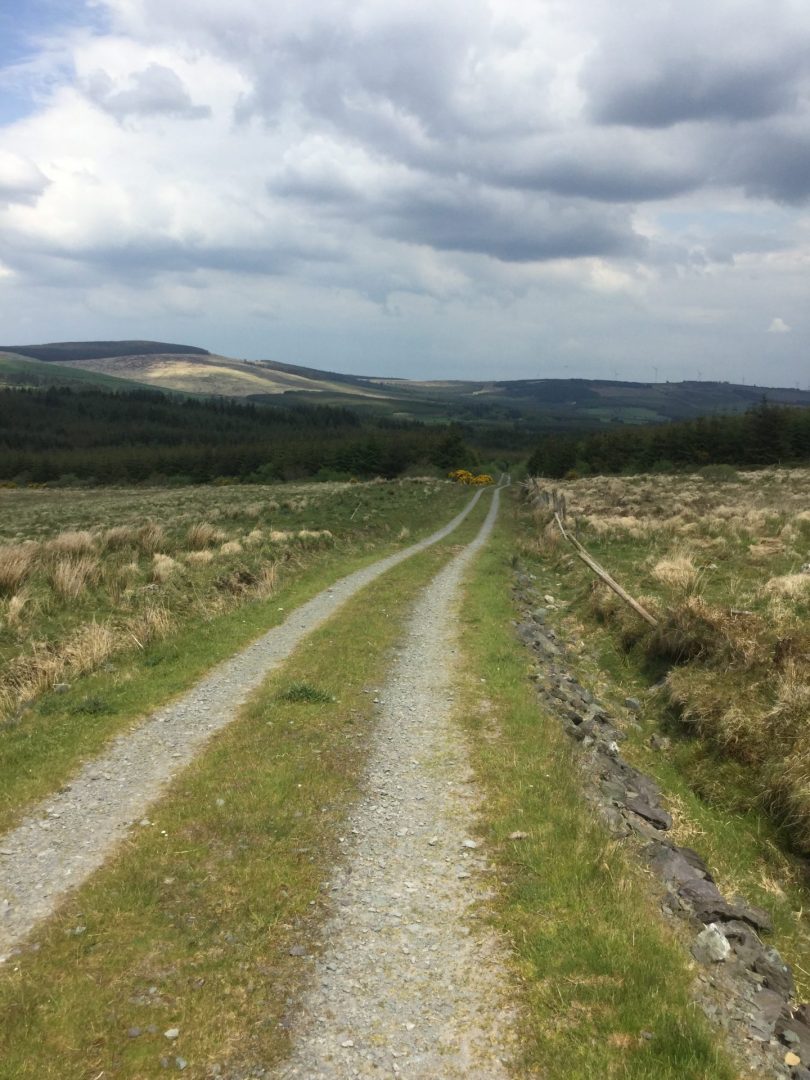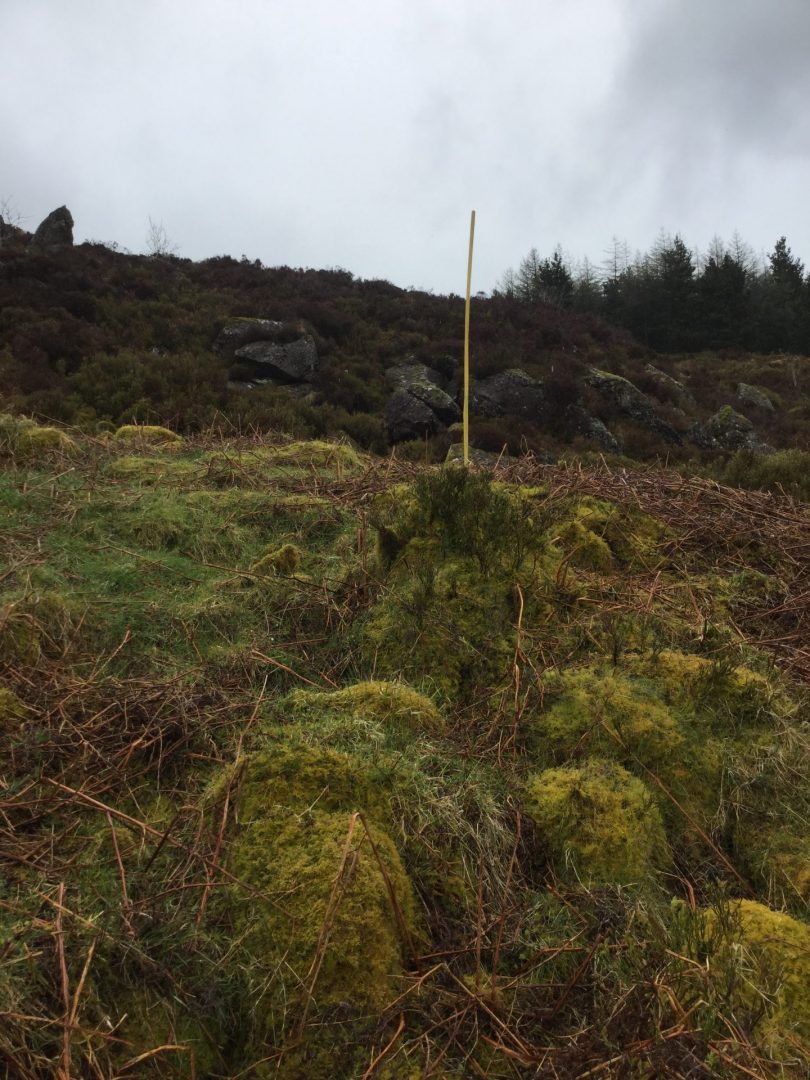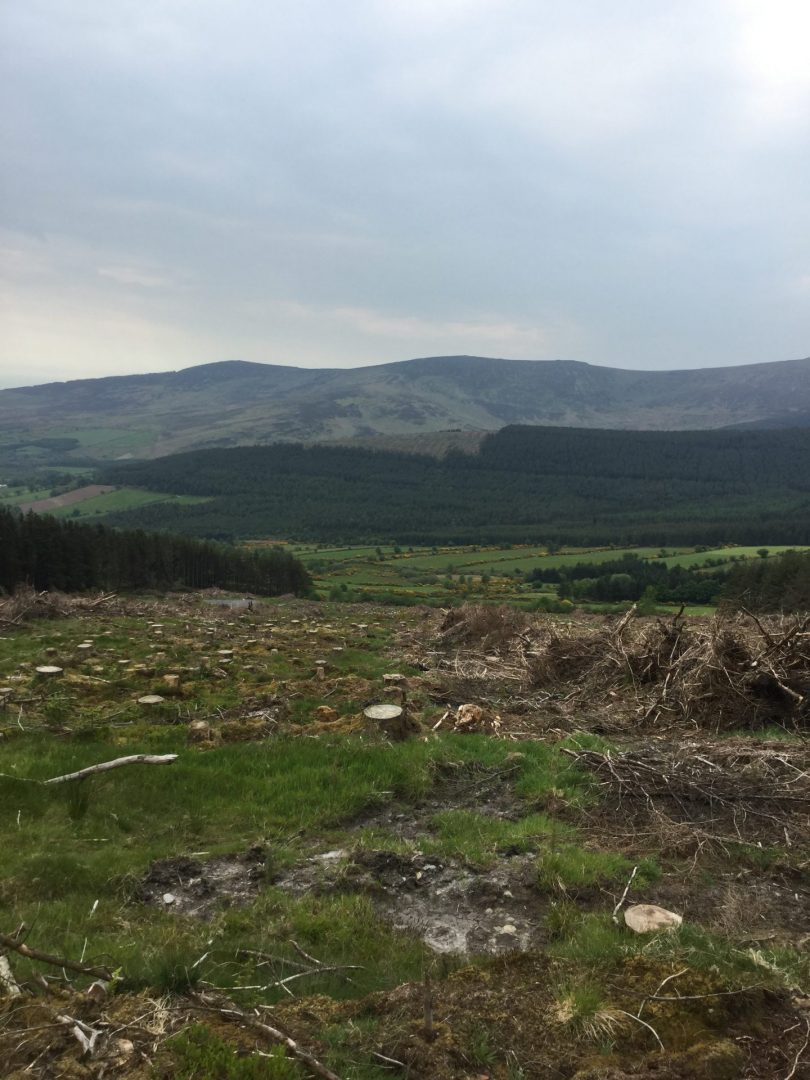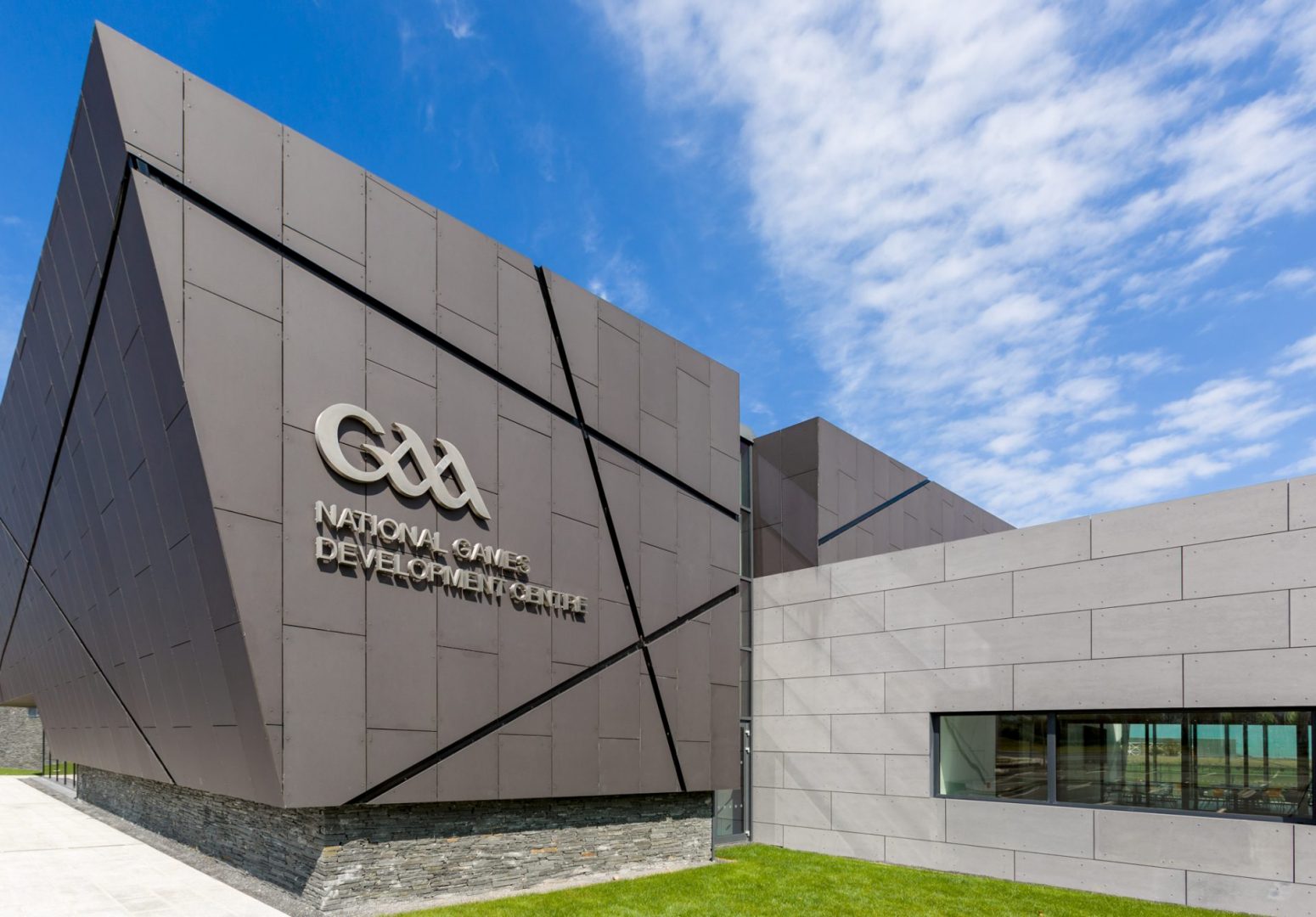Coillte are currently developing a portfolio of Wind Farm Projects across Ireland, and due to this, are proposing to erect Meteorological Masts. These will be temporary 80-meter guyed lattice Meteorological Masts. These are crucial in the development of wind farms, as precise knowledge of the windspeed is necessary to know how much energy will be produced, and whether the turbines will survive on site. This will help the country meet its 40% renewable energy targets by harnessing the optimum winds energy. TOBIN were appointed to ensure that the erection of the met masts had no negative effects on the surrounding habitats and wildlife.
Construction traffic will be temporary and managed within a very short timeframe (5 days) to reduce impact on the local community. The met masts will remain on site for up to 15 months where upon they will be removed using the same machinery as proposed for the installation process during the same time period. Installation and removal will only be undertaken in dry weather conditions, as per good construction standards. Existing tracks and approved Coillte rides will be used to access the site. These tracks will be approximately 4.5 m wide. In areas where tree growth has reduced the track width, trimming of the side branches on the conifer trees will be undertaken and the felled branches used for “brashing”; a standard forestry practice where the felled branches are laid across trackways to act as a protective barrier to the underlying soil during movement of vehicles.
Existing trackways and brashing will be used to minimise the destruction of habitats. Delivery of the met mast, erection and de-commissioning works will avoid periods of high rainfall, ideally during the drier summer/autumn months, as per standard good practice. This will minimise any potential runoff to nearby streams. Limited soil disturbance will be required; At each of the three guy wire locations, ground works involving the anchoring of the guys to the bedrock will result in disturbance to an area of 0.75 – 1 m2 of the surface vegetation and subsoil. When the mast is lifted into position and all guy wires secured the site will be cleared, ensuring that all tools have been collected and, where possible, the site is left in the same condition it was found.
There will be no emissions from the met mast and no waste outputs during the construction and operational phases of the development. The land will be restored following cessation of the operation of the met mast, which will only be for 15 months.
The erection of the temporary met masts will provide information on the site prior to the construction of the windfarms. This information may include wind speed, and direction among other variables. This information can then be used to maximise the output of the windfarm, which cuts down on our Carbon Emissions. Wind energy is currently the largest contributing resource of renewable energy in Ireland. It is both Ireland’s largest and cheapest renewable electricity resource. It is the second greatest source of electricity generation in Ireland after natural gas. Wind energy provided a quarter of Ireland’s electricity in 2017 and more than 70% at one point in April. Carbon Emissions avoided because of wind amounted to 2,698 kt CO2. More than €220 million of foreign fossil fuel imports were prevented by wind energy, and wind energy is responsible for more than half of Ireland’s contribution towards our 2020 renewable energy target.





